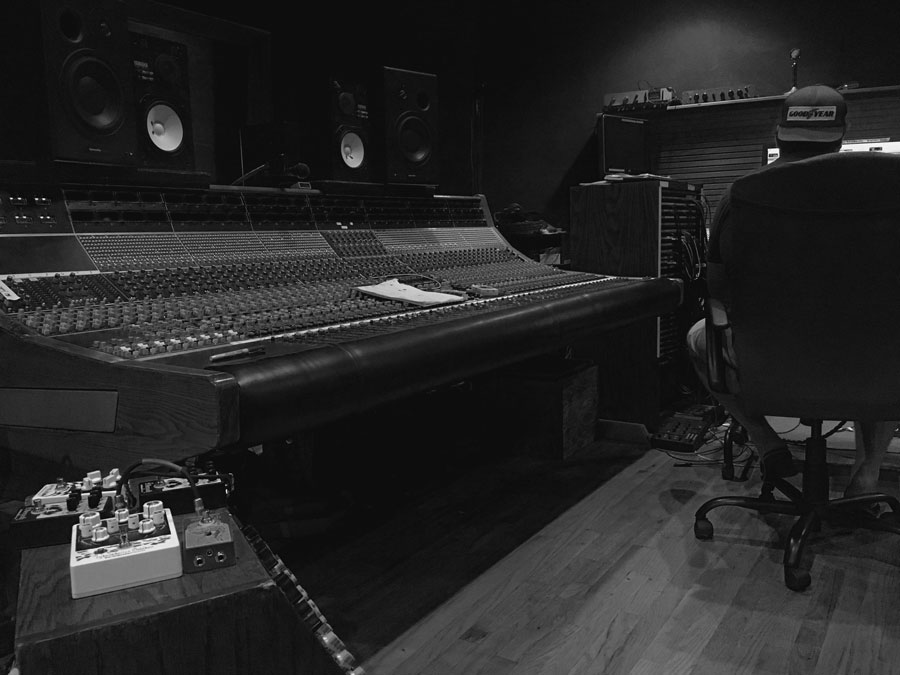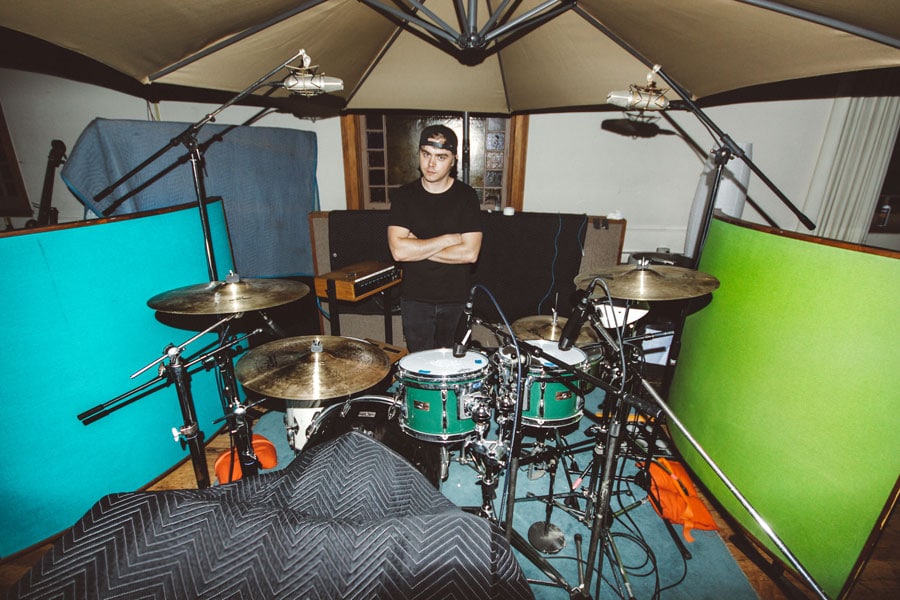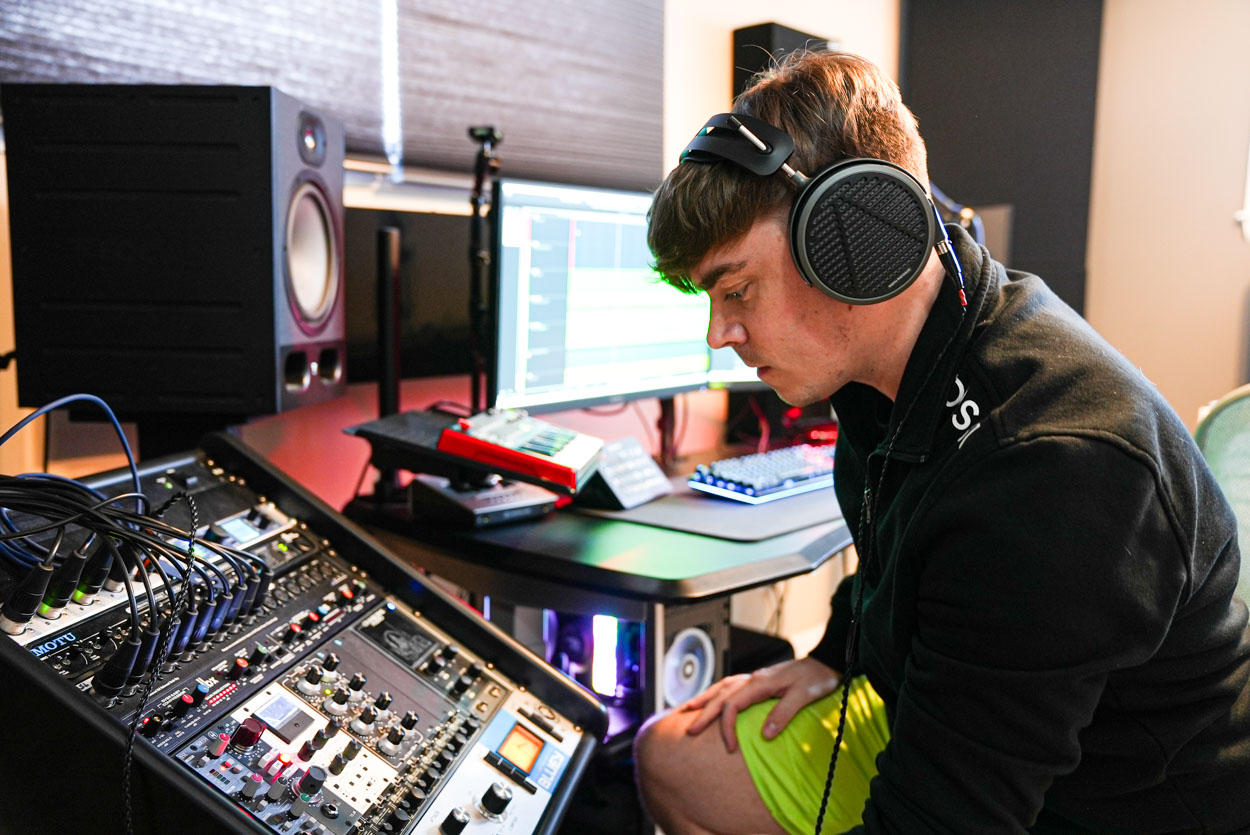Quantizing drums, as well as other instruments, has been a longly contested debate between producers and drummers alike.
In all forms of art, there are purists — those who refuse to compromise their integrity. To them, quantizing is just that.
Whether you’re for or against, I’m going to explain why there is a case for both. Quantization is a production choice you must make, depending on the situation.
But, what exactly is quantization?
The Definition of Quantization
Quantization in music is the process of shifting and aligning the transients of waveforms to a pre-determined grid. For example, aligning the transients (the initial attack of each hit) of the kick and snare drum to eighth notes is a form of quantization.
The Case for Quantization
Despite the negative connotations associated with aligning parts, there are many invaluable reasons for doing so.
Efficiency
Quantization and efficiency go hand in hand. Engineers no longer have to spend hours waiting for the artist to complete the perfect take.
Time is money — something all of us do not have a lot of always.
Sampling Capabilities and Bad Rooms/Mics
By aligning the transients to the grid, producers can use sampling software, like Slate Trigger2, with higher accuracy and better results.
Quantization is useful in situations where the recording process is less than ideal. A recording done in a basement or a bedroom may produce a more professional result when utilizing quantization with samples.
The method removes the limitation many home studio owners have.
A producer who only has access to a limited microphone selection can also benefit from using sampled drums.
Enhancing a Recording
Samples are also often blended with the original recording. Engineers are free to get creative with the vast amount of libraries today.
Drumshotz, a product from Drumforge, is one example of such libraries. These samples enhance drum recordings, especially in choruses, where extra punch is necessary.
Poor and Lazy Musicianship
The process is also helpful for lazy musicians who shouldn’t even be in the recording studio yet. Those with poor timing should still be at home practicing with a click.
Unfortunately, many musicians aren’t ready to record an album but have the means to do so. For the studio’s sake, quantizing provides a way to produce a quality product without hindering the results of the studio’s brand and reputation.
The Software Required
Many digital audio workstations contain software that can warp and quantize audio. Cubase, for example, has a dedicated quantization panel. Pro Tools features Beat Detective. Which you choose is subjective, as they all provide a similar result.
Quantizing Specific Sections
Quantization doesn’t have to affect the entire recording, either. Individual sections may be aligned to save time, rather than recutting the take as a whole.
This process was never possible back in the day, and engineers punched in parts in real-time — a practice many still use today.
The Case Against Quantization
Like myself and many others, we aren’t the fondest of aligning drums to a grid. However, I do understand the complexity of the issue and realize technology helps and aids productions in many situations.
My Experience
An album we did in 2018, STARCRUISER, exclusively used MIDI programming by hand and drum sample libraries. I wish we had the resources to rent a drum room and microphones, but we opted to do it in-house.
Listen to my programmed drum mix below:
Hearing this back after so long, I really am turned off by how stale and robotic it sounds. Despite me adding variation and humanizing the MIDI, it sounds terrible to my ears.
Maybe I’m not that good at programming drums, but I’d like to think I know what I’m doing.
And by no means am I ripping on people who use programmed drums — I’m just not the biggest fan of the way the sound on certain styles of music.
Lots of genres call for programmed drums and the result sounds great.
Recording Origami at Dreamland Recording
Engineers and producers Alex Aldi and Albert DiFiore worked on our second studio album, Origami, which featured 100% organically track drums.
They did an incredible job capturing a sound I couldn’t have been happier.
Have a listen to the drums straight off the API console with some light balancing:
That console sounds incredible. API preamps are perfect for drums.

The process was incredible and is one of my fondest memories of recording and tracking drums. Not many drummers have this experience today, which is why I hold it in high regards.
The album was recorded at Dreamland Recording Studios in Hurley, NY. The live room is an old church hall from the 1800s — there’s both an incredible and spooky vibe in the room.
Jerry Marotta was kind enough to lend me some drums and cymbals, thus negating my need to transport my kit by air.
Compared to our first album, we had a long two entire weeks to work on drums exclusively. It allowed for much more expression and thought into each part.

Because we didn’t go the route of quantization, each take had to be very meticulous, and many takes were often required.
Not everyone working on an album in the studio has the luxury of spending an entire month living at a recording studio, which is why I err on the side of utilizing both methods.
The Lack of “Feel”
Without stating the obvious, quantizing parts often leads to a lack of feel, leading to music sounding robotic and inhuman. I’d go as far to say as lacking a voice.
Rick Beato put out an excellent video showcasing him quantizing John Bonham’s parts from a Led Zeppelin recording.
The result is stale and mechanical.
The Case For Both
Whether we as artists like it or not, quantization is here to stay. There are acceptable applications for either way of recording music, but each situation is different.
I tend to look at quantization in a good light, rather than a negative one.
What are your thoughts on aligning to the grid? Should we continue to do it or push for more live recordings? Leave me a comment down below with your thoughts and feel free to share this article if you enjoyed reading.
